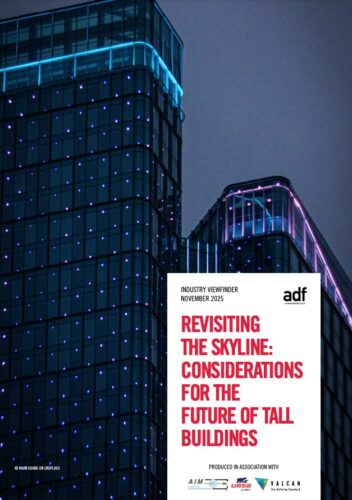The future of tall buildings is being reshaped by new safety regulations, shifting commercial priorities, and growing expectations for sustainable urban development. While more architects are now engaging in high-rise projects than in 2021, the landscape has become more complex, with the Building Safety Act, the Gateway regime, and the Golden Thread placing greater accountability on designers and slowing some residential schemes. Rising costs, climate pressures and the need for clearer regulatory guidance continue to influence whether tall buildings are considered viable at all.
At the same time, the global narrative around height is evolving toward vertical urbanism—an approach championed by the newly renamed Council on Vertical Urbanism, which emphasises connected, mixed-use, climate-conscious urban ecosystems rather than isolated towers. Exemplary projects such as Brussels’ ZIN In No(o)rd demonstrate how retrofitted, mixed-use vertical environments can deliver social value, sustainability, and stronger integration with existing city fabric, signalling a shift away from “tall above all” toward quality, liveability and community impact.
Our Whitepaper explores how architects are navigating this transition in practice, from adapting to mixed-use demand to managing the challenges of the new safety regime and assessing the commercial case for vertical development. It reveals an industry that still sees potential in tall buildings—especially where land values are high and mixed-use models offer resilience—but is increasingly steering toward more sustainable, community-focused vertical ecosystems.


